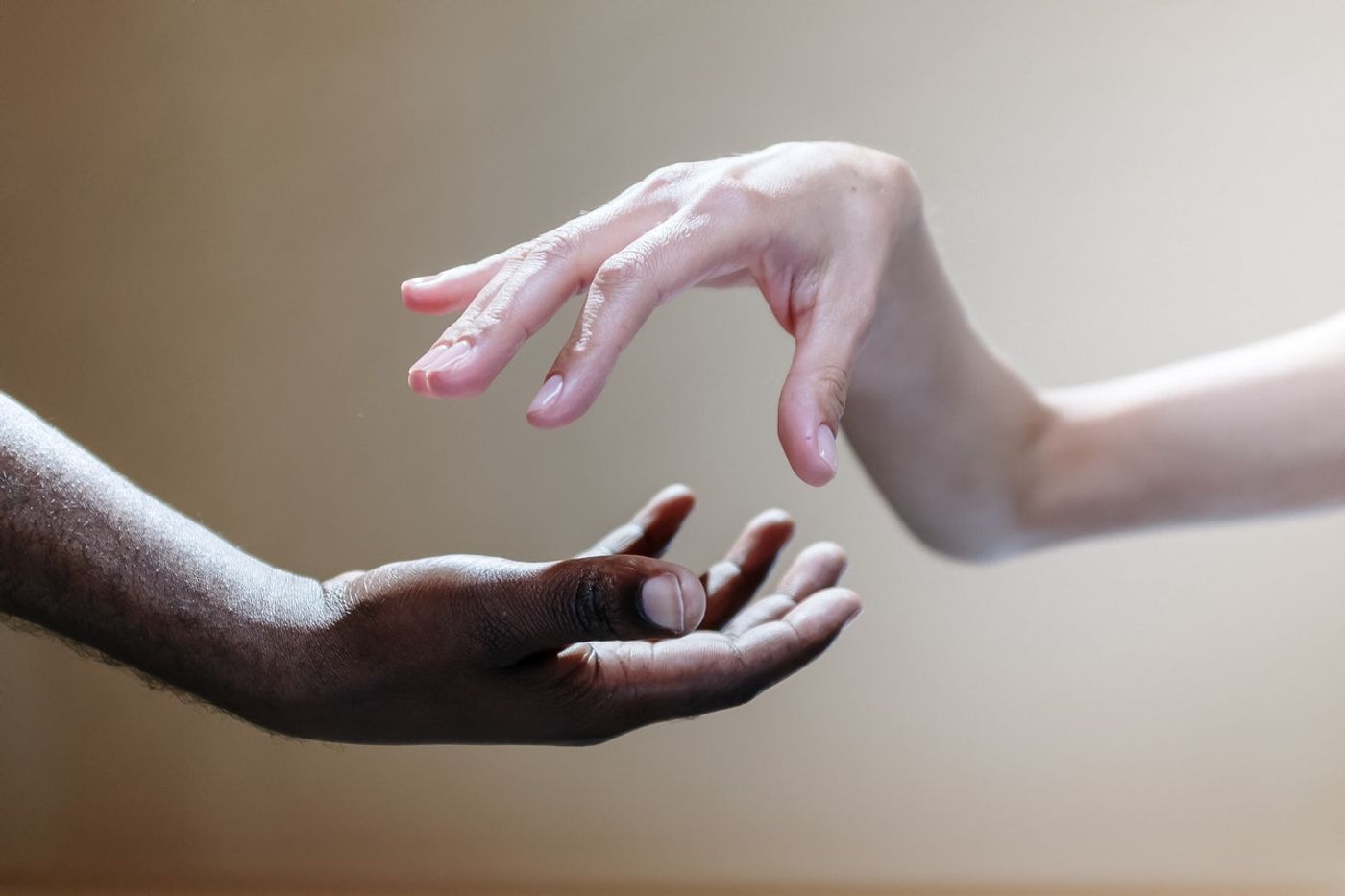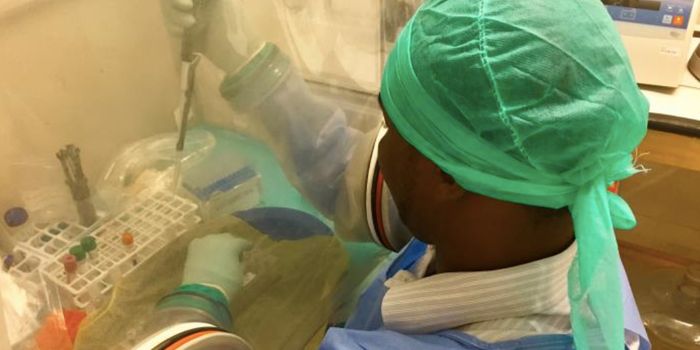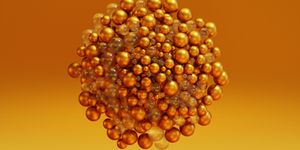Wearable Sensors Track Life After Traumatic Hand Loss
Most of us are right-handed, and about 12 percent favor the left hand. However, according to experts, most day-to-day activities performed by adults involve both hands equally.
Given this balanced reliance on both hands, what are the implications for individuals who have suffered from traumatic hand amputation and are now using a prosthesis?
To answer this question, Frey led a team that has developed a novel innovation that uses a series of wearable sensors to gauge the patterns of hand usage.
“Now we have evidence that shows experienced prosthesis users rely on their prosthetic hand during about 20% of daily activities and use their uninjured limb for the remaining 80%,” said the University of Missouri’s Scott Frey.
In some cases, patients may receive a hand transplant. After the recovery phase, Frey’s data shows that hand transplant recipients eventually demonstrate patterns closer to those of healthy adults—55 percent of activities in the dominant hand and 45 percent in the non-dominant one.
“Compared with conventional prosthesis users, graft recipients exhibited more extensive and natural functioning of the upper limbs during everyday activities,” wrote the authors.
One of the benefits of the sensors, says Frey, is that they can be used to continuously extract data on hand usage in a real-world setting over multiple days. This information would paint a more realistic picture of how the patient adapts to the prosthetic hand or transplant, as taking measurements in a clinical or laboratory setting may not reflect how they are truly functioning.
The data collected can also aid in the design of more targeted, personalized approaches to managing traumatic hand loss.
There are various factors resulting in the loss of a hand from injury during military combat situations or workplace accidents. By wearing two small sensors on both wrists as well as one sensor on the upper arm, the researchers continuously tracked arm movements of traumatic hand loss patients over a few days. Their goal in tracking hand movement is to minimize the risk of chronic one-handedness: a condition where the individual avoids using the injured limb.
Frey said the wearable sensors might also help collect research and diagnostic information on neurological conditions that affect hand functionality, such as stroke, Parkinson’s disease, and multiple sclerosis.
In prior studies, Frey’s team made several important discoveries around how the reorganizational changes in the brain help hand transplant patients “re-learn” how to perform everyday tasks like reaching for and grasping objects.









